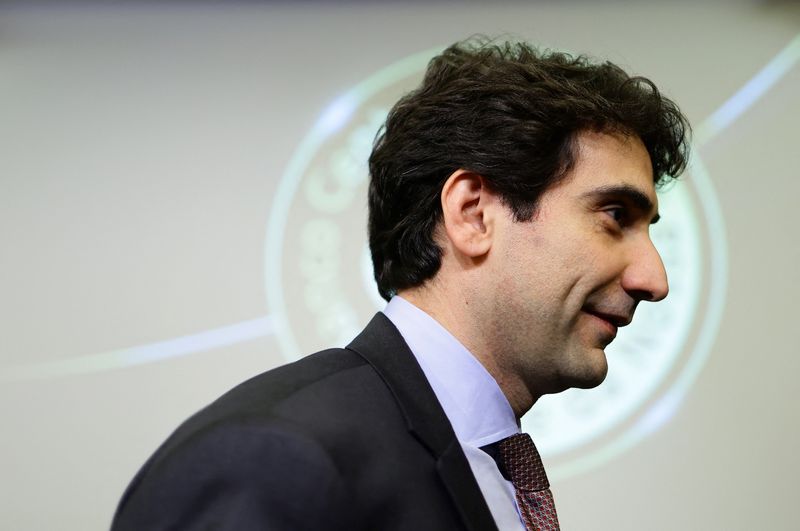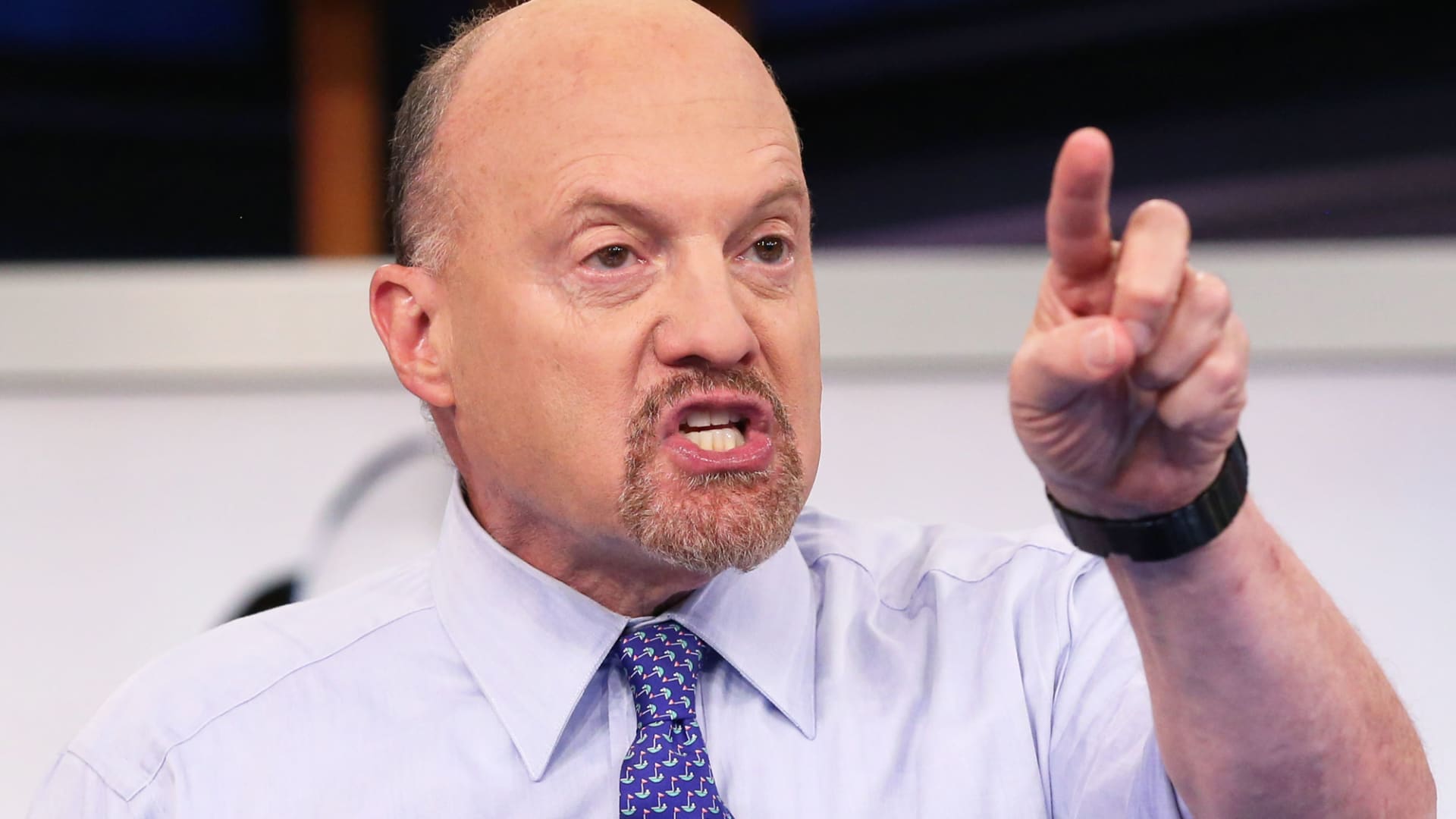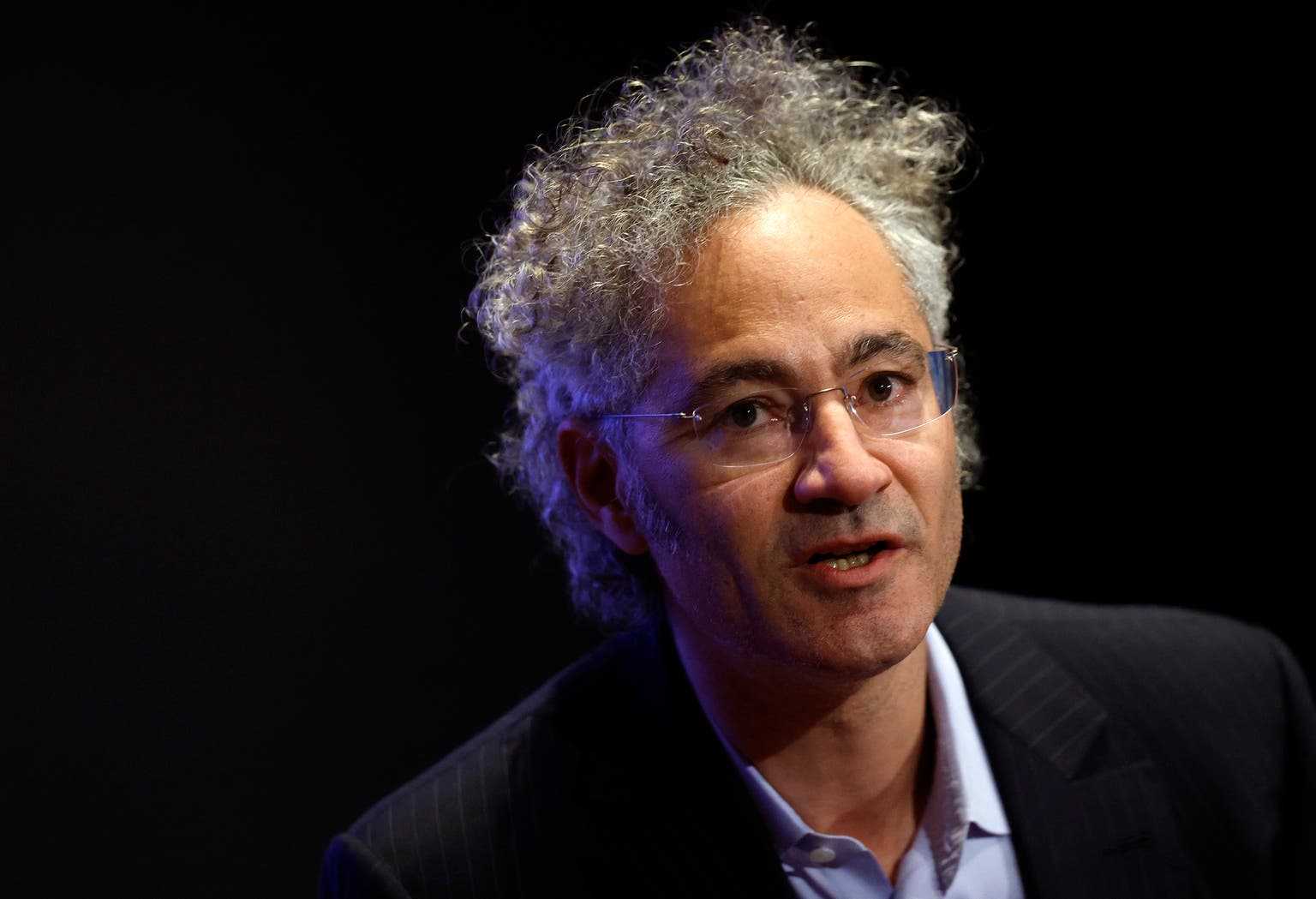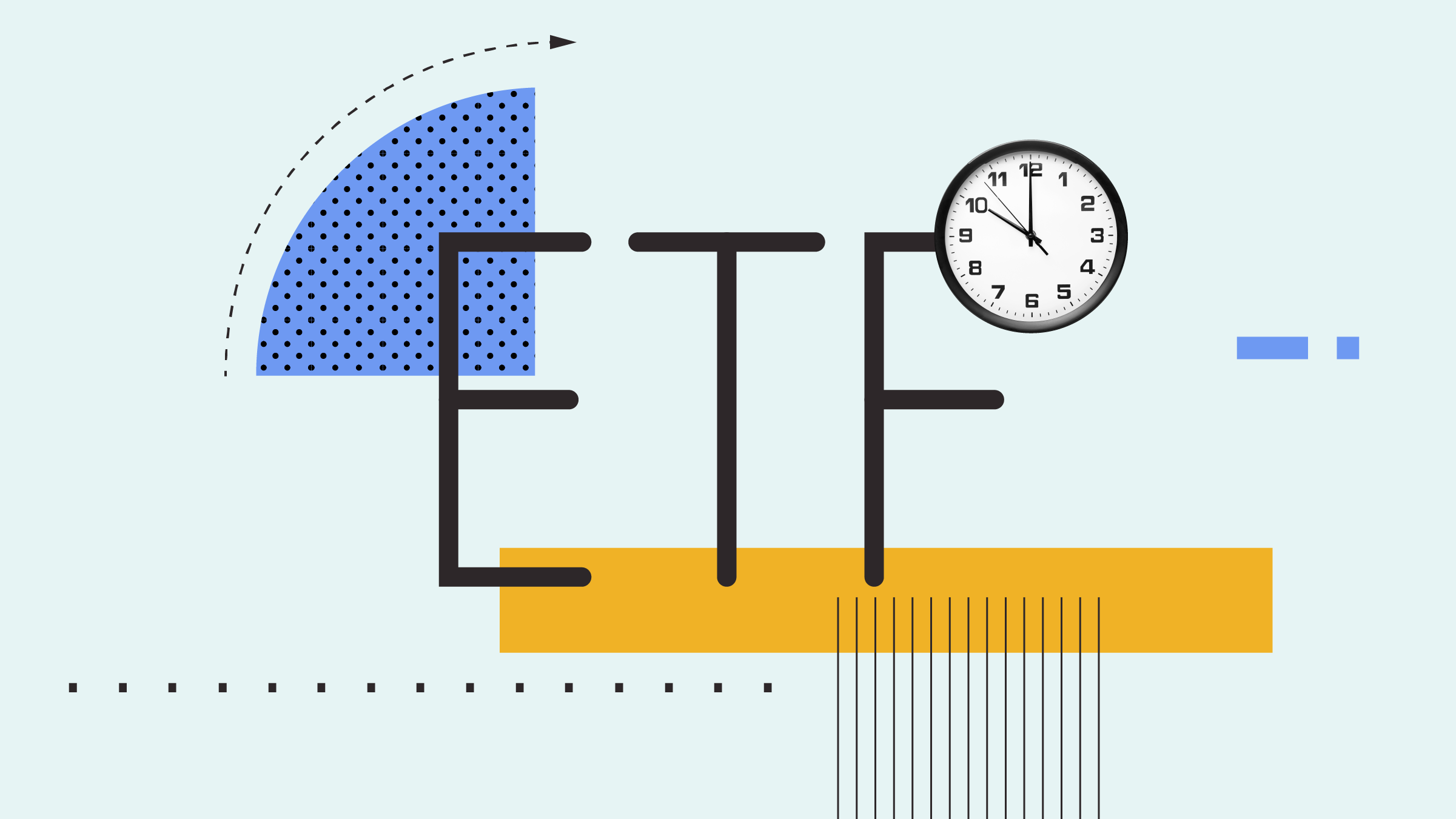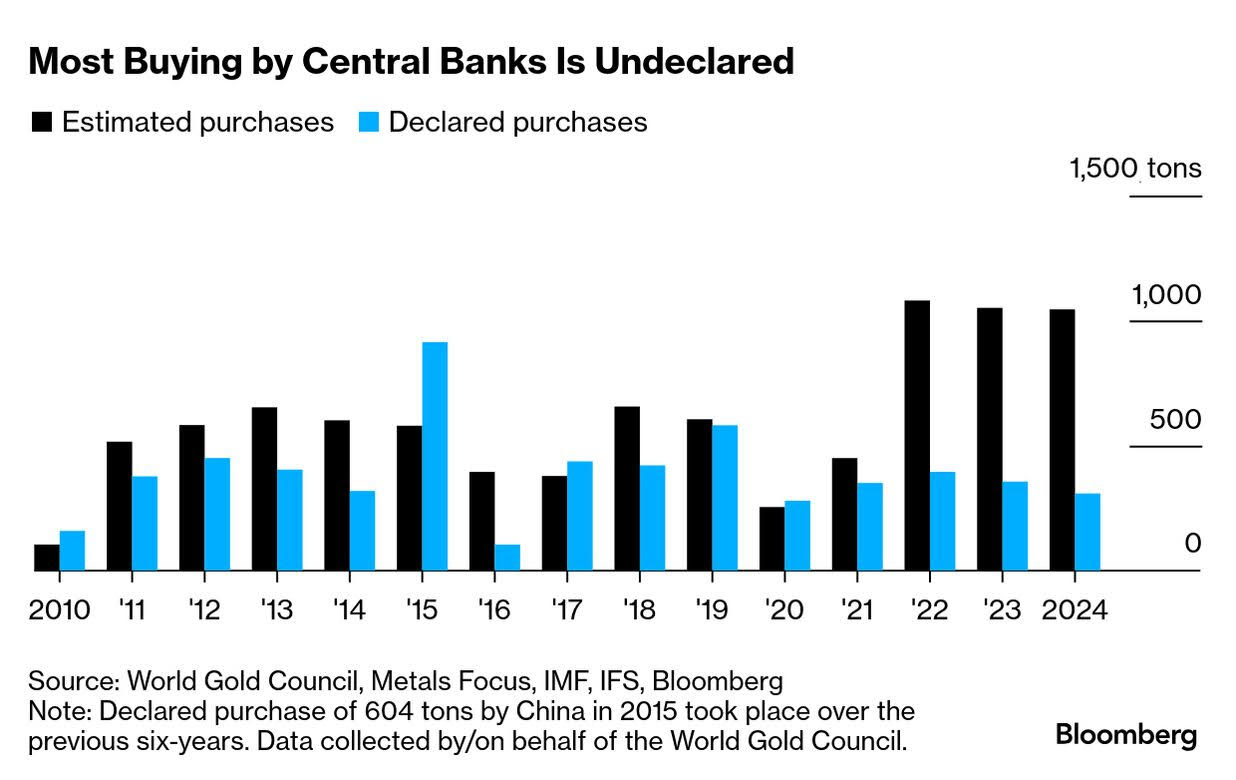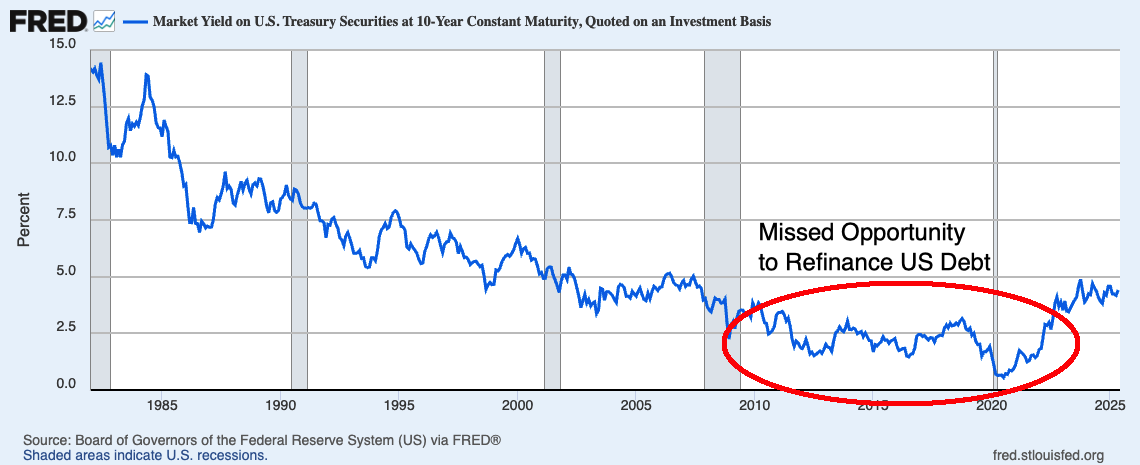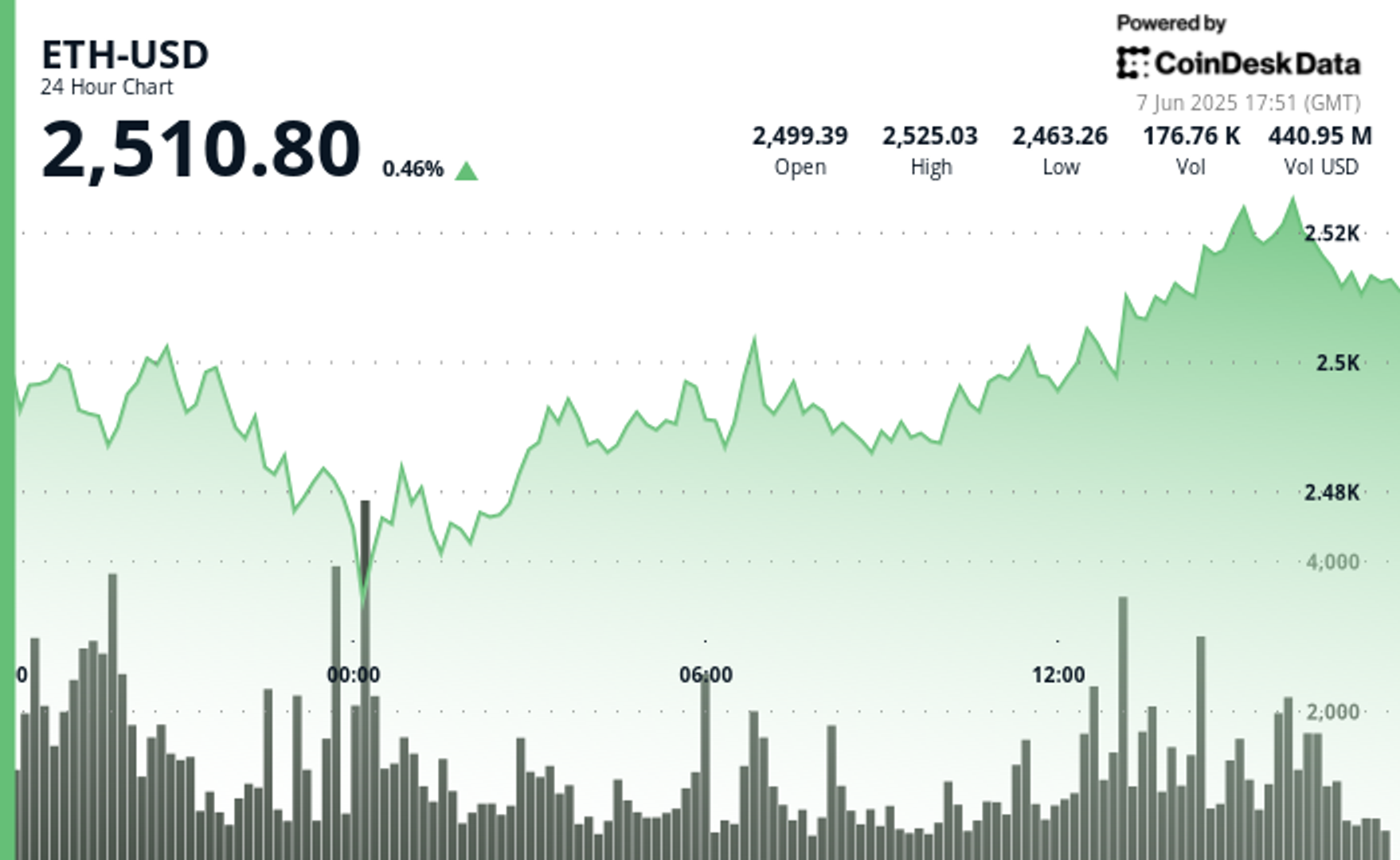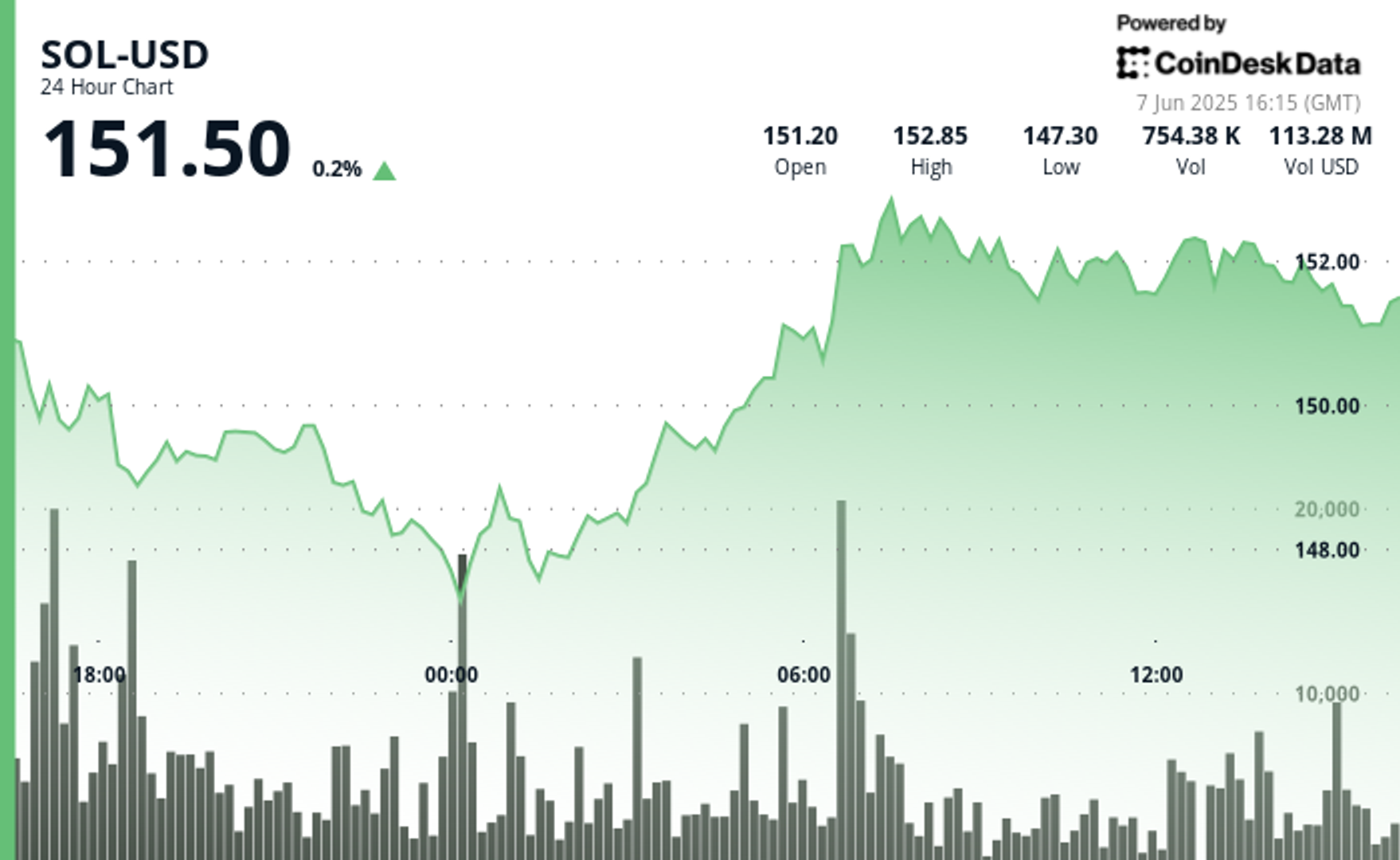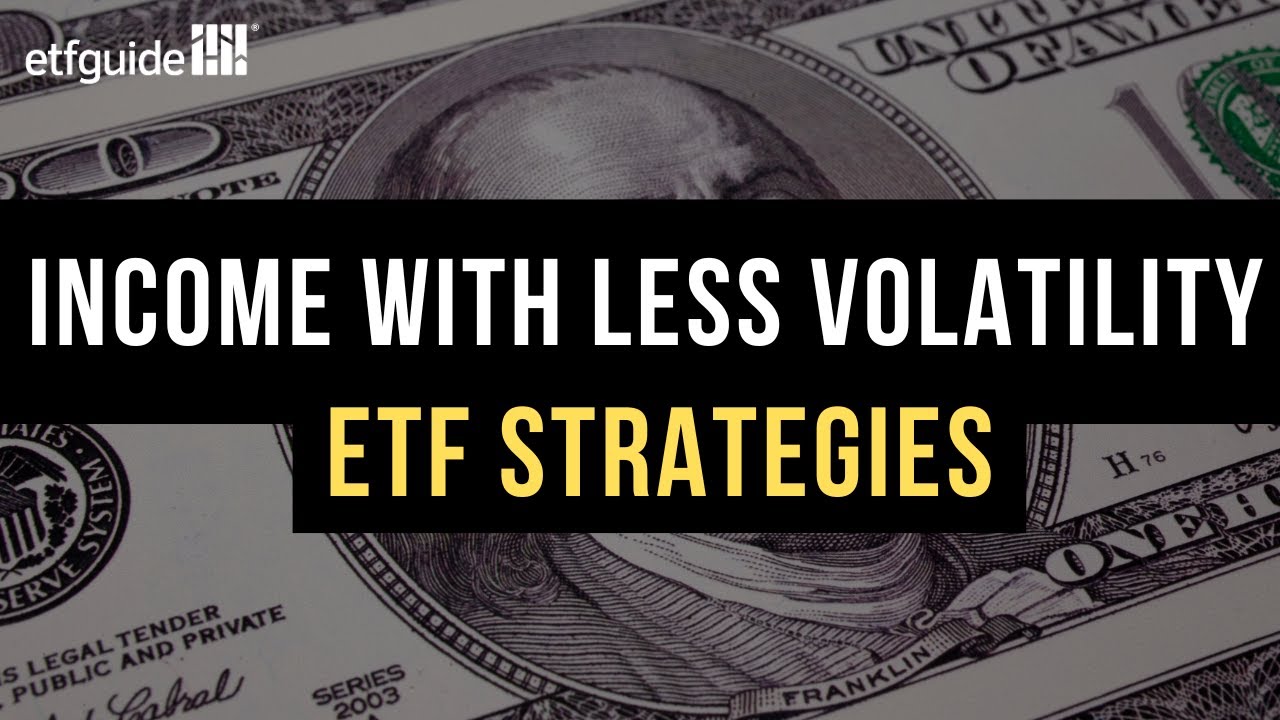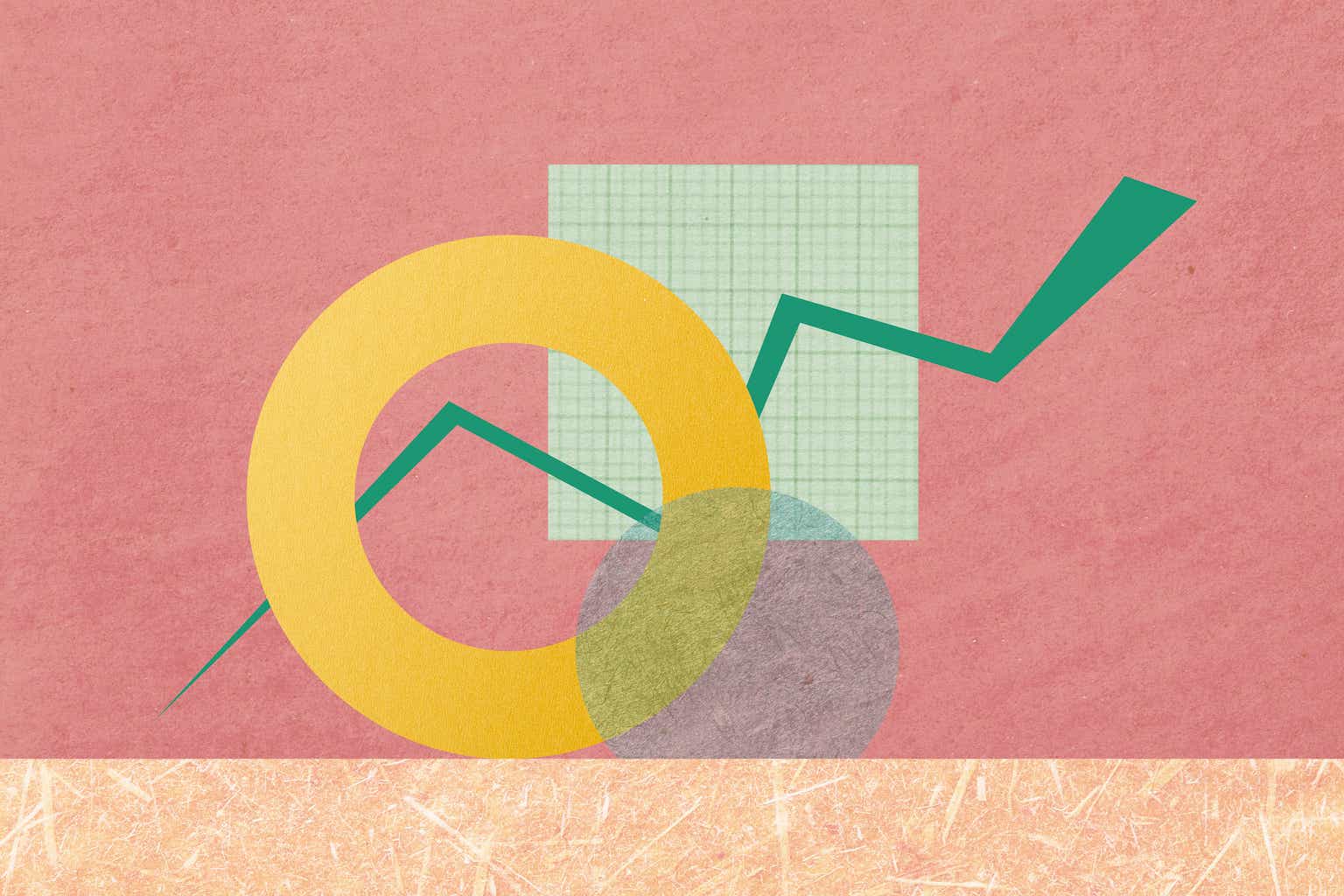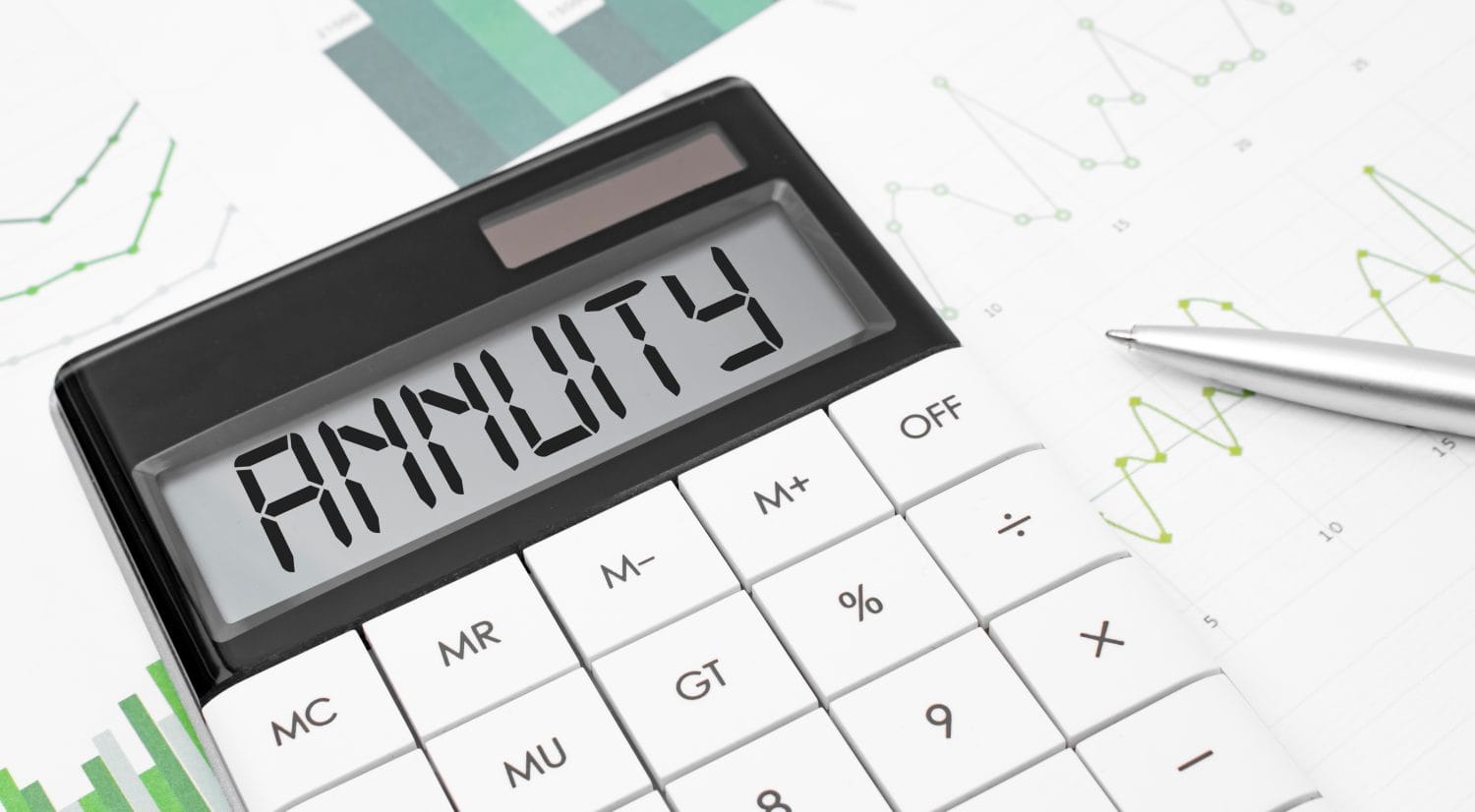I am 60 years old and have 80% of my investments in stocks. Is it time to consider moving some into bonds?
You’ve likely heard the rule of “100-minus-your-age.” This theory suggests you subtract your age from 100 to determine the percentage of your portfolio that should be in stocks and the percentage that should be in bonds. If you were to follow this rule at age 60, 40% of your portfolio would be in stocks and […] The post I am 60 years old and have 80% of my investments in stocks. Is it time to consider moving some into bonds? appeared first on 24/7 Wall St..

Key Points
-
There’s no one-size-fits-all diversification formula.
-
When it comes to money, it’s easy to get tied up in emotion. The best decisions tend to be made when you’ve given yourself time to consider all options.
-
There’s no reason to go it alone. Look into a visit with a financial or retirement advisor who is also a fiduciary.
-
Are you ahead, or behind on retirement? SmartAsset’s free tool can match you with a financial advisor in minutes to help you answer that today. Each advisor has been carefully vetted, and must act in your best interests. Don’t waste another minute; get started by clicking here.(Sponsor)
You’ve likely heard the rule of “100-minus-your-age.” This theory suggests you subtract your age from 100 to determine the percentage of your portfolio that should be in stocks and the percentage that should be in bonds. If you were to follow this rule at age 60, 40% of your portfolio would be in stocks and 60% in bonds.
The reasoning behind the 100-minus-your-age rule is that your portfolio should become more conservative as you age.
But is it good advice? Maybe. However, the ideal portfolio is designed to meet your specific situation. Before making a final decision about moving more heavily into bonds, ask yourself the following questions.
What’s my immediate concern?
It’s good to ask yourself why you want to move more of your portfolio into bonds. Are you concerned there’s a bear market around the corner and want to do more to safeguard your capital? Does your concern stem from what someone on TV is telling you or rumors you’ve heard around the office? Or are you suddenly feeling your age and believe you “must” move more heavily into bonds?
Understanding your motivation can help you make more careful, less knee-jerk decisions.
How much risk am I comfortable taking?
Risk is truly a paramount factor when it comes to portfolio diversification. Typically, the more risks you’re willing to take, the higher the percentage of stocks you hold. Do you find yourself a bit more risk-averse than you used to be and long for a portfolio that feels more secure? Finally, do you find yourself increasingly anxious about market volatility and worry that you’re making a mistake by sticking primarily with bonds?
If so, that’s okay. We live, and we learn. If what you’re learning makes you feel as though it’s time for a change, it’s a good idea to examine your bond options.
At what age do I plan to withdraw money?
It’s vital to consider your investment time frame. If you plan to retire the moment you turn 62 and begin withdrawing funds from your retirement account that year, you’re practically knocking on retirement’s door. That leaves you with very little time to recover if the market hits the skids and your stock-heavy portfolio loses a large percentage of its value.
However, suppose you have no plans to withdraw money from your retirement account until the required minimum distribution (RMD) age kicks in (at either age 73 or 75). In that case, you have another 13 to 15 years for your portfolio to bounce back from losses. When you plan to withdraw money can change the entire equation.
Is someone watching interest rates?
Ask yourself how closely you’ve been watching interest rates, and if you’re not doing it, make sure you have a financial advisor who’s doing it on your behalf. Interest rates are important because when rates are low, bond prices tend to be high. As rates rise, bond prices fall. Strategically timing your bond investments can leave you money ahead.
Have I had a recent check-up?
By the time you hit age 60, it’s possible that you’ve been investing for more than four decades. In other words, you may feel totally comfortable making all investment-related decisions on your own. However, if it’s been a while since a financial or retirement advisor has gone over your portfolio looking for any tweaks that need to be made, now is an excellent time to set up an appointment.
It’s not that you must work with a professional, but there are certain things another person might see that you’ve missed. If you’re hesitant about committing your portfolio to an advisor, look for one who charges an hourly rate or has a flat fee. Most importantly, seek an advisor who is a fiduciary. A fiduciary is a financial professional who is legally obligated to look out for your interest rather than their own. In other words, the thrust of their job is not to sell you investments but to ensure you’re in the best possible position to prosper.
Who knows? Based on how long you plan to stay on the job and when you plan to make withdrawals, an advisor may tell you it’s fine to remain heavily invested in stocks. On the other hand, an advisor may look at your portfolio and, after years of experience, recognize that it’s time to begin moving into bonds.
You’ll never know until you ask.
The post I am 60 years old and have 80% of my investments in stocks. Is it time to consider moving some into bonds? appeared first on 24/7 Wall St..






